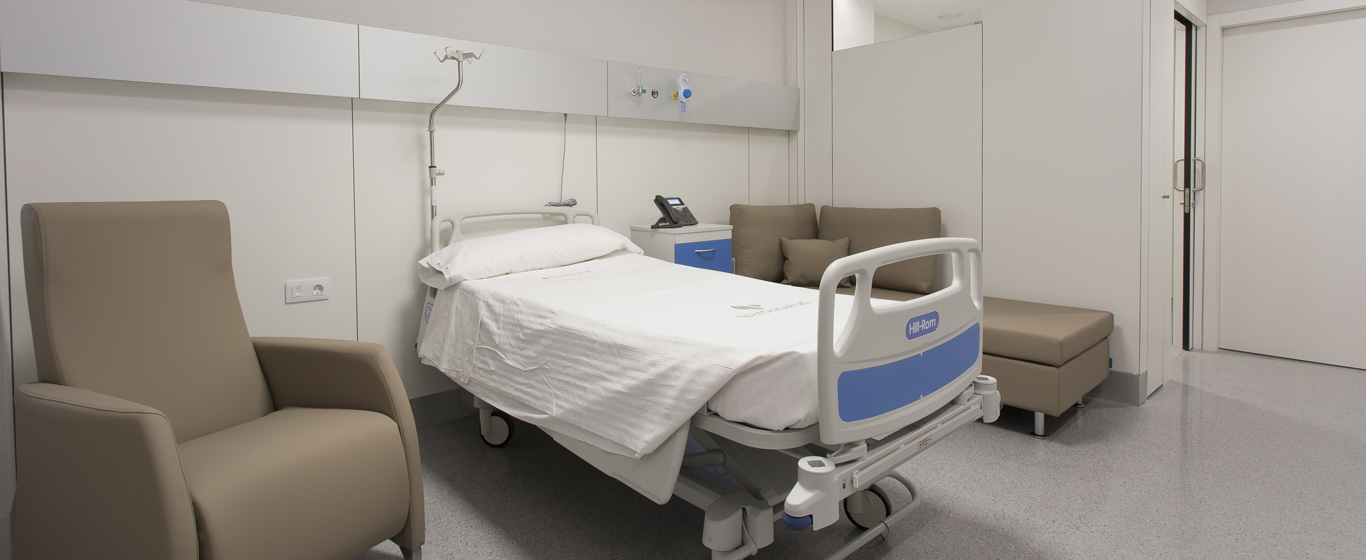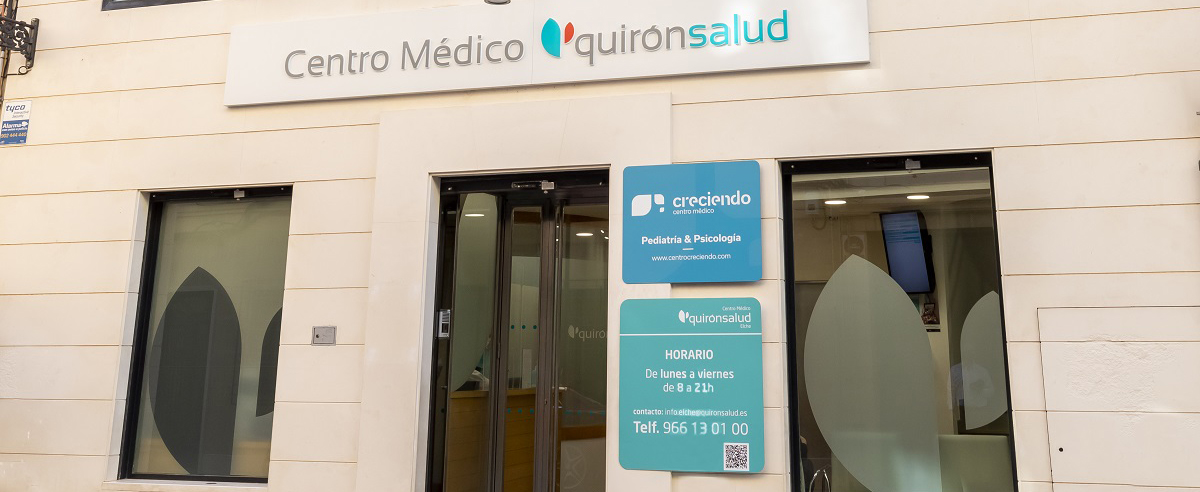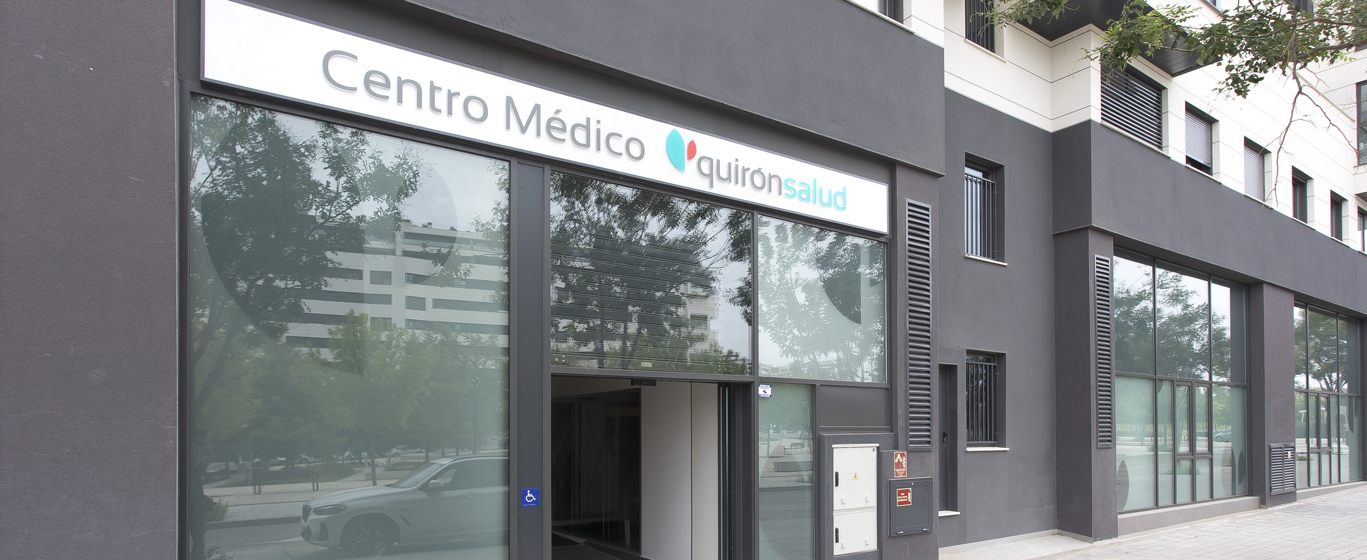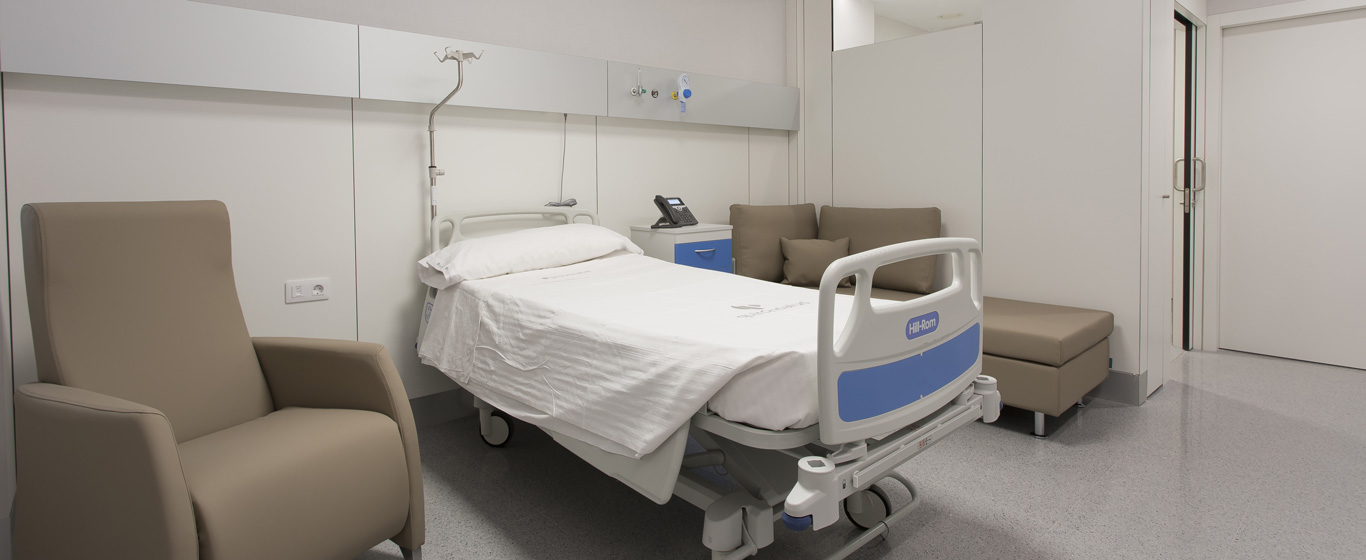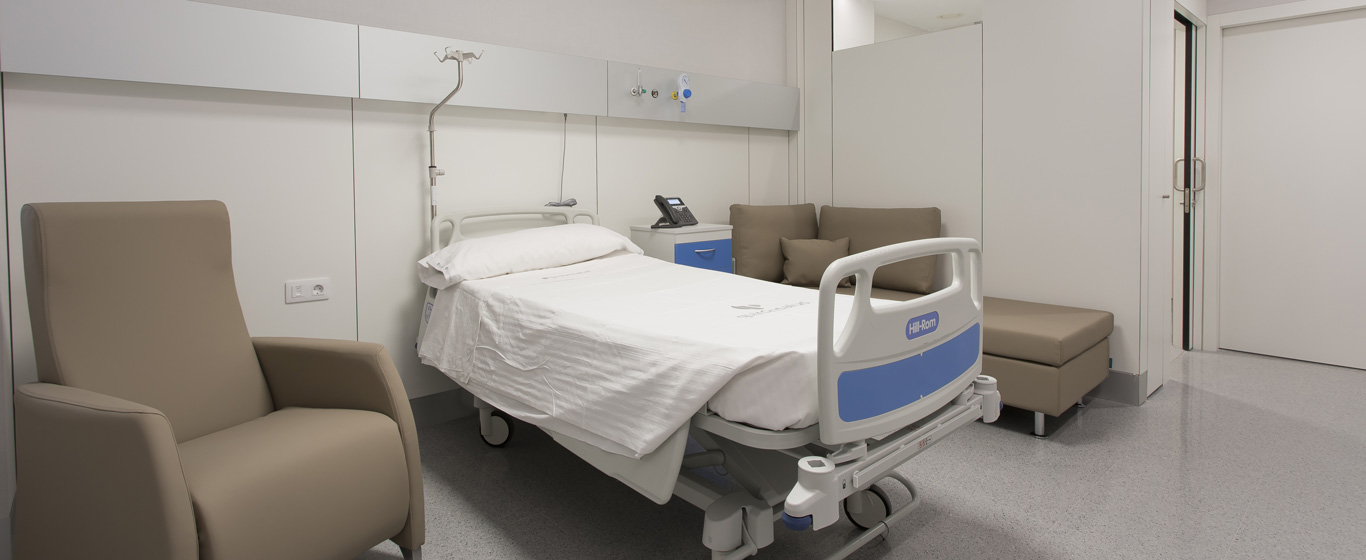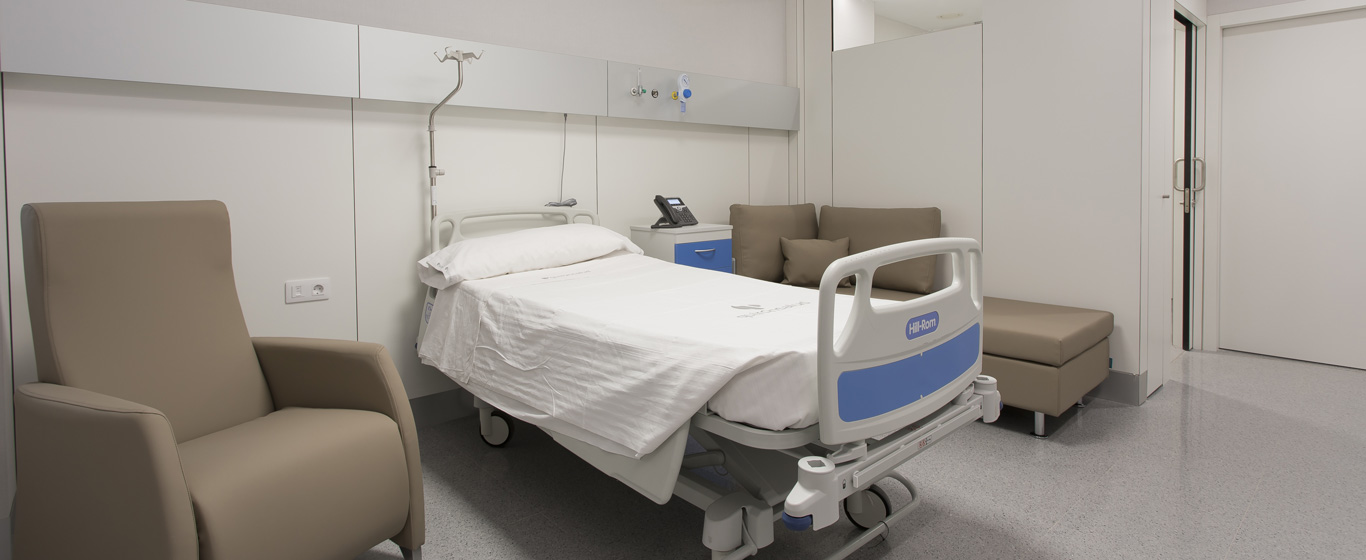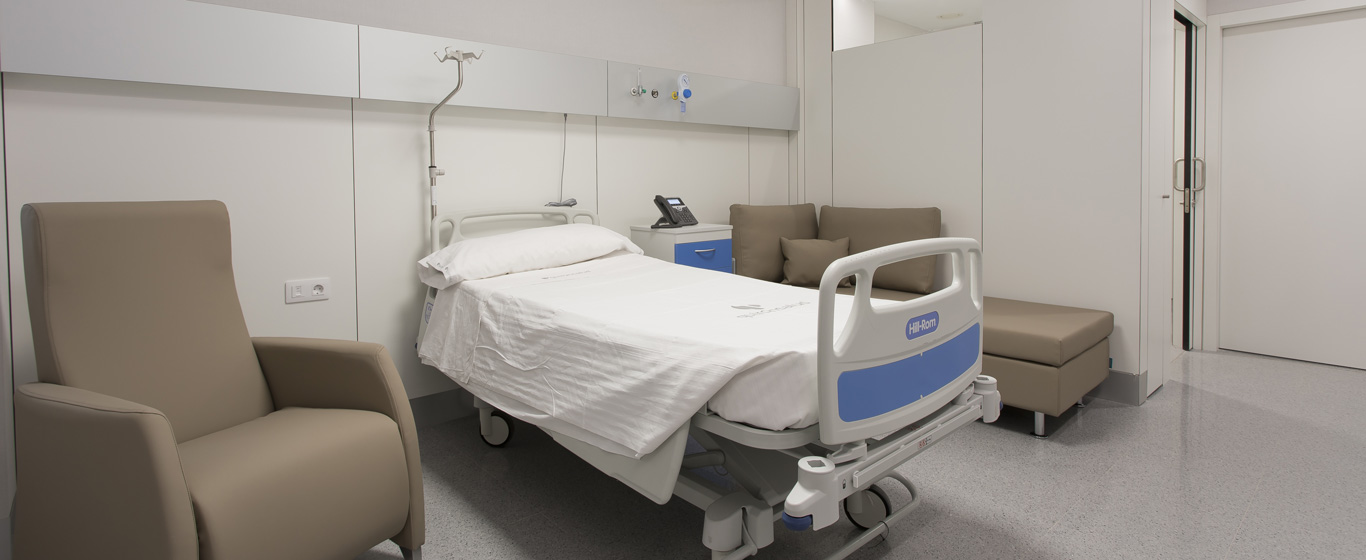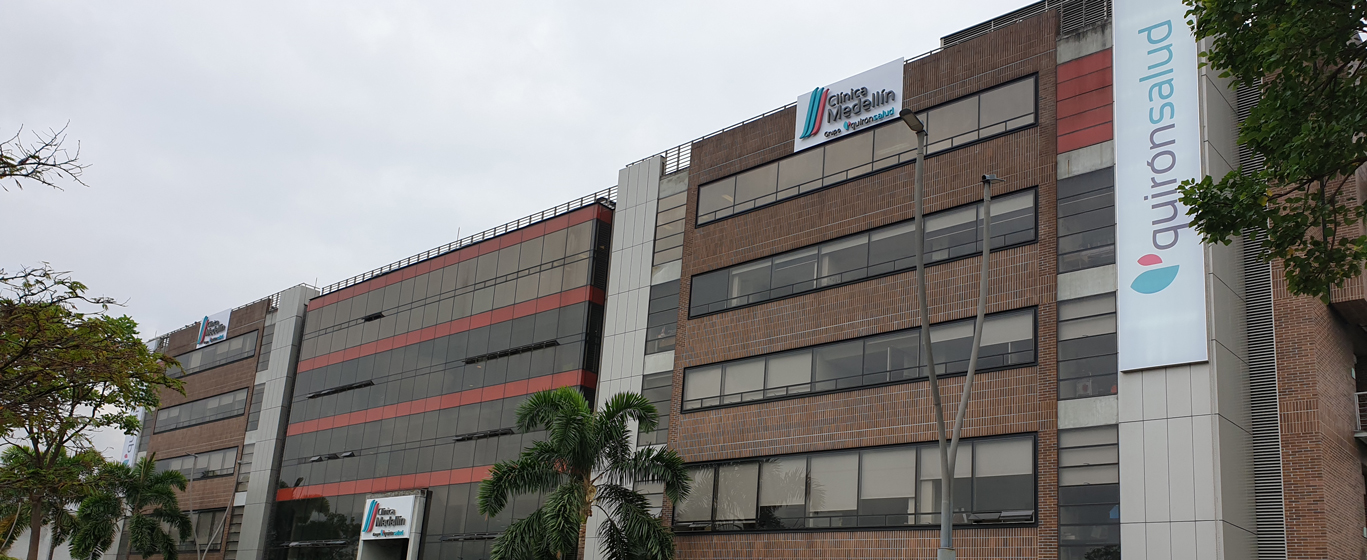Hysterosalpingography
Hysterosalpingography is a gynecological diagnostic technique that combines the use of ionizing radiation (X-rays) with the administration of a contrast material through a catheter inserted into the vagina. The goal is to examine the female reproductive system in detail and assess its patency.

General Description
Hysterosalpingography is a radiological test that allows for the study of the structure and patency of the uterine cavity and fallopian tubes.
The procedure works by applying high-energy beams (X-rays), which, upon emission, are absorbed by body tissues and then transformed into images displayed on a monitor through digital radiation-sensitive sensors. Additionally, hysterosalpingography uses a radiopaque contrast material (typically an iodine-based solution) introduced into the uterine cavity to enhance the visualization of the reproductive organs.
When is it indicated?
Hysterosalpingography is frequently performed as part of an evaluation for female infertility to determine if there is an abnormality preventing pregnancy, such as:
- Blockage of the fallopian tubes (lack of patency).
- Adhesions (scar tissue) in the uterus or tubes.
- Presence of foreign bodies, tumors, or polyps.
- Malformations or structural issues, such as a double uterus, septate uterus, elongated, excessively wide, or narrow cervix, tubal rigidity, endometriosis, or pelvic inflammatory disease, among others.
Additionally, hysterosalpingography is commonly performed to confirm the success of tubal ligation.
How is it performed?
The procedure is carried out with the X-ray machine positioned over the patient’s abdomen while she lies on the examination table with her legs elevated and placed in stirrups. Before starting, the specialist inserts a speculum into the vagina, an instrument that separates the vaginal walls to provide better visibility. After cleaning the cervix with saline solution, a thin, flexible catheter is inserted through the vagina up to the cervix. The contrast material is then injected through the catheter, highlighting the uterus and tubes and allowing any abnormalities to be observed. During the procedure, the necessary X-ray images are taken and displayed on a monitor.
Risks
Like any X-ray examination, hysterosalpingography involves exposure to ionizing radiation, which has been associated with an increased risk of cancer or other health issues. However, the radiation dose received during this procedure is low, at approximately 3 mSv—equivalent to one year of exposure to environmental radiation. Furthermore, it is a one-time exposure, meaning the benefits of obtaining a diagnosis outweigh the associated risks.
There is also the possibility of other complications, although they are uncommon:
- Infection in the endometrium or fallopian tubes.
- Uterine perforation from catheter insertion.
- Allergic reaction to the contrast medium.
What to expect from a hysterosalpingography
Hysterosalpingography is performed in the radiology department. Before lying on the examination table in the correct position, the patient removes her clothing from the lower body and wears the gown provided by the medical facility. No anesthesia or sedation is used, so it is normal to feel mild discomfort when the speculum is inserted and slight cramping when the catheter and contrast material are introduced. The procedure may also cause mild irritation of the peritoneum, leading to lower abdominal pain.
The procedure lasts approximately 20 to 30 minutes. It is performed on an outpatient basis, and once completed, the patient can resume her normal routine without any special precautions. There is no need for bed rest or special post-procedure care, although it is advisable to avoid intense physical activities for the rest of the day. Additionally, mild discomfort, such as slight cramping, and minor vaginal bleeding or dark-colored discharge may occur in the following hours or days.
Specialties that request hysterosalpingography
Hysterosalpingography is requested in gynecology, obstetrics, and assisted reproduction units.
How to prepare
It is essential to consider the patient's menstrual cycle, as hysterosalpingography should be performed between days 8 and 10 of the cycle, after menstruation has ended and before ovulation occurs. This improves visualization and reduces the risk of infection.
Fasting is not required, but it is advisable to avoid eating in the hours leading up to the test. Additionally, a pain reliever may be recommended to minimize potential discomfort. In some cases, an antibiotic may be prescribed before and after the procedure to prevent infections. It is important to note that hysterosalpingography is contraindicated in cases of genital infections.






